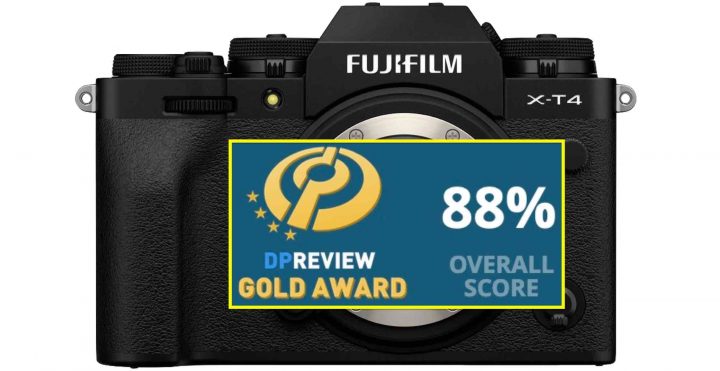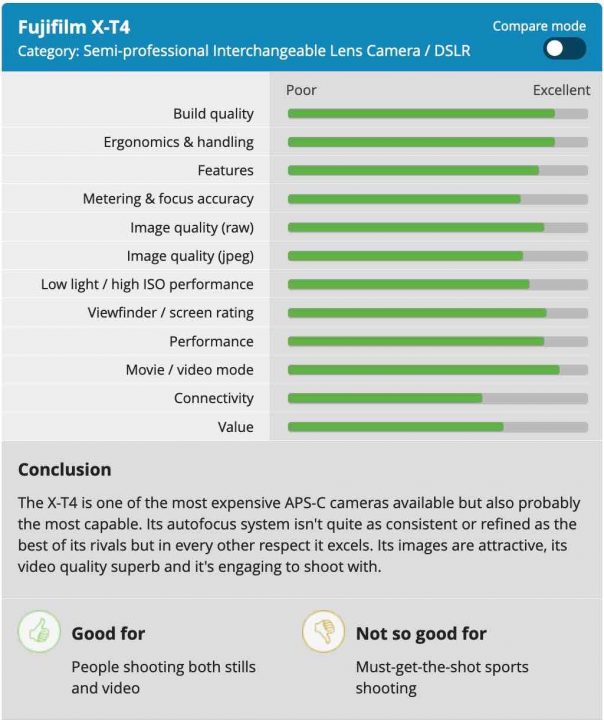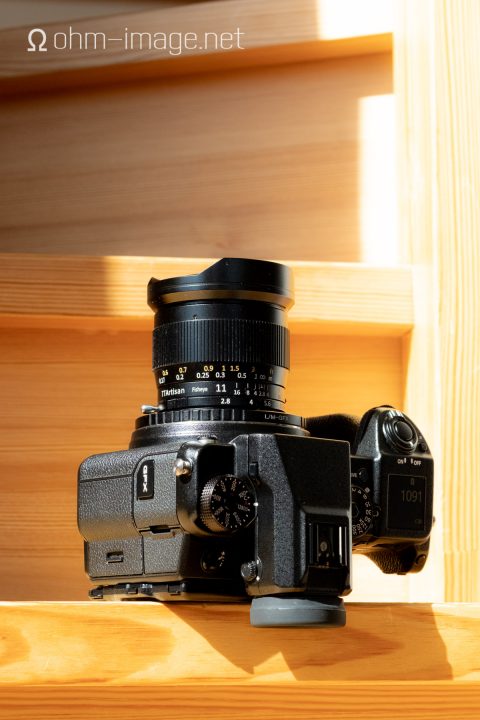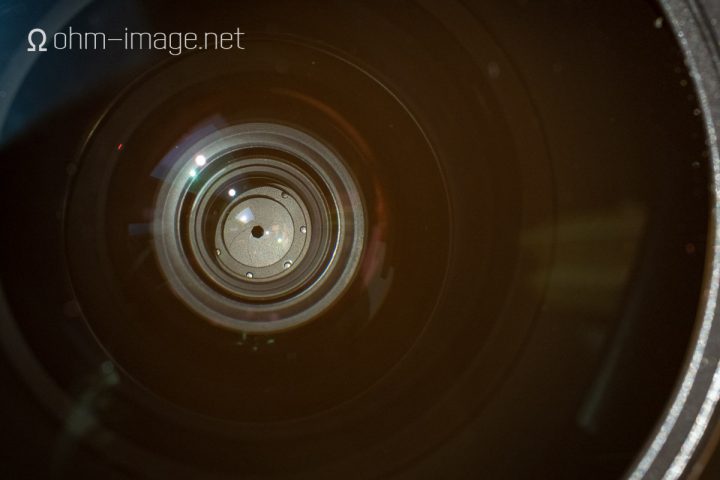DPReview Fujifilm X-T4 Review – Gold Award: “Attractive Images, Superb Video Quality, $2000 Full Frame Threat but APS-C offers…”

DPReview just published their Fujifilm X-T4 review, and it gets the Gold Award with a rating of 88%.
From their conclusions:
It’s a really good stills camera, it’s a really, really good video camera, but the thing it excels at it switching back and forth between being both. We’re not sure there’s another camera that offers such a strong combination.
The thing that threatens to overshadow the X-T4 is the ~$2000 full frame mirrorless camera
The Sony a7 III and Nikon Z6 both offer in-body stabilization and similarly sized bodies, and are old enough to sell for near the X-T4’s price. Full frame can offer undeniably better image quality if you use lenses that are equivalent or faster, which can’t be ignored. But APS-C offers a different size/weight trade-off, allowing smaller, perhaps more manageable body/lens combinations which don’t necessarily give up too much in image quality. In video, the Fujifilm more than holds its own. If you’re shooting a scene and need to maintain a minimum depth-of-field, the Fujifilm’s 10-bit footage will have similar IQ and be more gradable.
| What we like | What we don’t |
|---|---|
|
|
You can check out the full review at dpreview here.
- X-T4 un USA: BHphoto / AmazonUS / Adorama / FocusCamera
- X-T4 in EU: AmazonDE / CalumetDE / WexUK / JessopsUK / AmazonUK / PCHstore
- BC-W235 Dual Battery Charger: BHphoto / AmazonUS / Adorama / Focuscamera
- NP-W235 Battery: BHphoto / AmazonUS / Adorama / FocusCamera
- X-T4 Vertical Grip: BHphoto / AmazonUS / Adorama / Focuscamera
FujiRumors is on Patreon, Facebook, Instagram, RSS-feed, Youtube, Flipboard and Twitter
→ Top X-T Community: Fujifilm X-T facebook group
→ Top X-T Page: Fujifilm X-T Page



